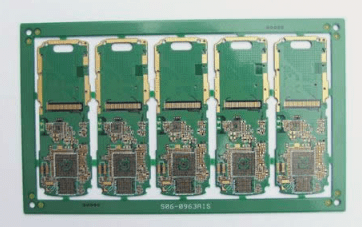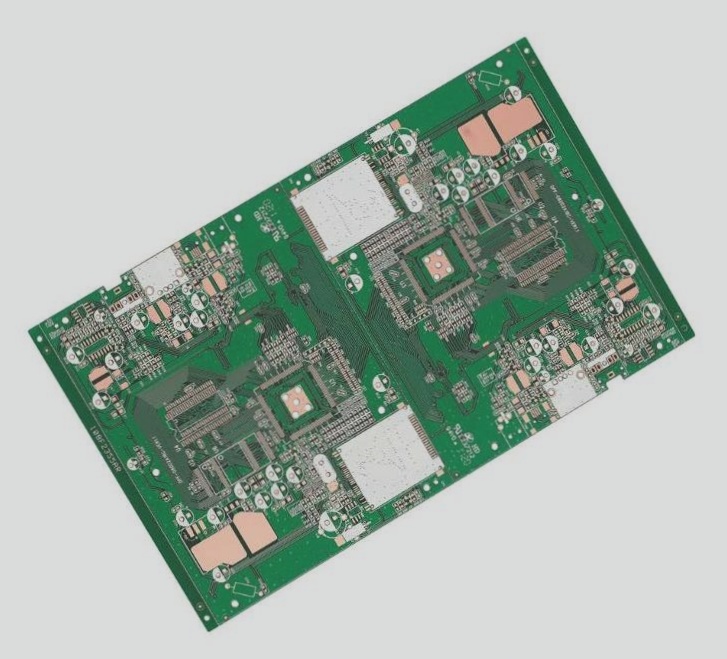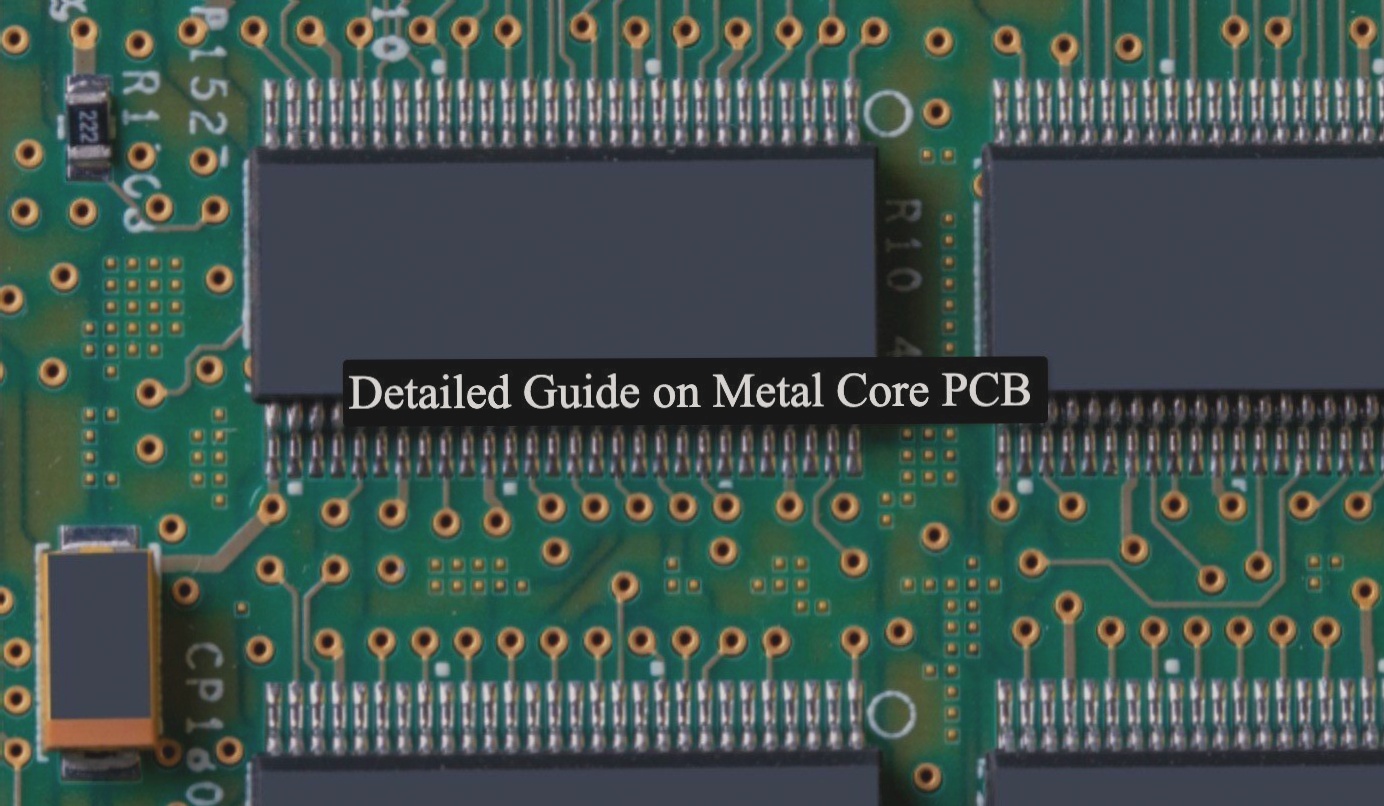Power Distribution System on a PCB Board
The power distribution system (PDS) on a PCB board is responsible for distributing power from the power source to the devices and components within the system that require power. It consists of interconnects from the voltage regulation module (VRM) to various parts of the PCB, package, and chip. The system can be divided into four main sections:
- VRM and its filter capacitor
- Bulk capacitor on the PCB board
- High-frequency decoupling capacitor, interconnection lines, vias, and power/ground planes on the PCB board
- Package pins, bond wires, interconnects, and embedded capacitors on the package
The primary role of the power distribution system is to ensure the transmission of correct and stable voltage throughout the PCB under various load conditions, maintaining power integrity.
Power Integrity
Power integrity refers to the system power supply’s compliance with the working power requirements at the device port after passing through the power distribution system. Devices on the PCB have specific power supply requirements, including:
- Limit power supply voltage
- Recommended working voltage
- Power supply noise
The power integrity problem focuses on meeting these requirements to ensure proper device operation and reliability.
Three Characteristics of Power Distribution System
The power distribution system utilizes various physical media such as connectors, cables, traces, power planes, ground planes, vias, pads, and chip pins. Three key electrical characteristics of the system are:
- Resistance characteristics
- Inductance characteristics
- Capacitance characteristics

Resistance in Power Distribution Systems
- Resistance, denoted by R, is a crucial physical quantity that signifies a conductor’s opposition to DC current flow.
- When current I passes through a conductor, it transforms electrical energy into heat energy (I2R) and induces a DC voltage drop (IR) across it.
- Various forms of resistance exist in power distribution systems, including DC resistance, contact resistance in cables and connectors, distributed resistance in copper wires, power supply layers, ground layers, vias, solder, pads, and chip pins.
- IR Drop effect leads to voltage reduction along the power distribution network, impacting power integrity.
- Thermal Power Dissipation results in power loss and system temperature elevation, potentially compromising system stability and reliability.
- Efforts to minimize resistance in power distribution systems are essential to enhance system efficiency and longevity.
Inductance and Its Implications
- Inductance represents a conductor’s resistance to alternating current, generating a magnetic field around the conductor when current flows through it.
- Changing current induces voltage, creating self-inductance (L) and mutual inductance (M) effects that hinder current alterations.
- Induced voltage due to current variations plays a significant role in signal integrity, potentially causing various issues like Crosstalk, SSN, and EMI.
- Inductance is prevalent in power distribution components such as connectors, cables, copper wires, power layers, ground layers, vias, pads, and chip pins.
- Understanding and managing inductance in power systems is crucial to mitigate signal integrity challenges and ensure system reliability.
Improving Power Integrity in PCB Design
When the current in branch a increases, the induced voltage generated by La hinders the increase, while the induced voltage generated by M helps the increase. Branch a represents the power path, while branch b represents the return path. Va signifies power noise, and Vb represents ground bounce noise. Both types of noise can lead to instability in the power supply voltage, causing power integrity issues.
- Reduce the rate of change of the loop current by minimizing sudden current changes drawn by the load and limiting the number of power supply ports sharing the same path.
- Optimize the power path and return path by minimizing local self-inductance and increasing local mutual inductance.
Induced voltage from inductance during current changes is a major source of power integrity problems. Our design goal is to minimize this induced voltage in the power distribution system.
The power distribution system, with resistive, inductive, and capacitive characteristics, is crucial for power integrity. While resistive and inductive characteristics can be harmful, capacitive characteristics are beneficial. Our aim is to reduce the impact of resistive and inductive characteristics and enhance the influence of capacitive characteristics on the PCB board.



